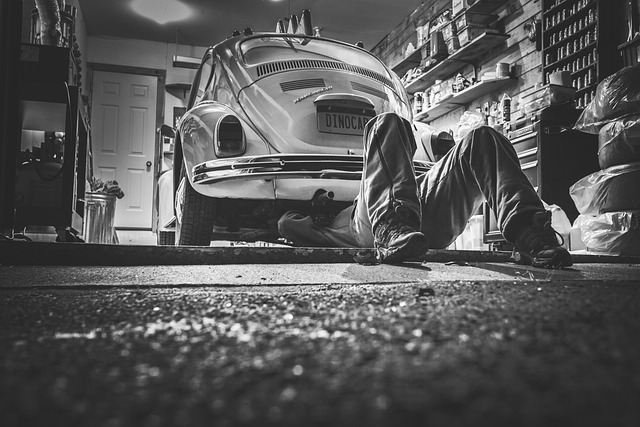Flat roofs are gaining popularity in commercial buildings due to their practical advantages and cost savings. Two prominent types are membrane roofs, using durable flexible materials with extensive warranties, and metal flat roofs, known for longevity and low maintenance. Regular inspections and prompt repairs are crucial for maintaining structural integrity. For budget-conscious businesses, affordable flat roof repair is vital for asset preservation. DIYers can handle minor repairs with the right tools and knowledge, while professional services should prioritize experience and warranties. Cost-effective solutions include using high-quality, budget-friendly materials and a systematic repair process. Regular maintenance, including inspections, cleaning, sealing, and coatings, extends the lifespan of commercial flat roofs.
In the commercial real estate sector, flat roofs are a popular yet often overlooked aspect of building maintenance. This affordable and low-slope roofing solution offers numerous benefits, from cost-effectiveness to easy accessibility for repairs. However, they’re not without their challenges. Common issues like leaks, punctures, and deterioration can arise, demanding prompt attention.
This comprehensive guide explores everything property managers need to know about flat roof repair, emphasizing affordable solutions, DIY tips, and professional services to ensure your commercial space remains waterproof and secure.
Understanding Flat Roofs: Types and Benefits
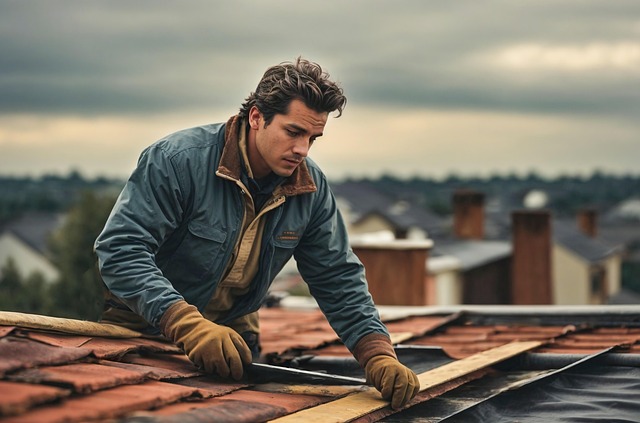
Flat roofs have become increasingly popular in commercial architecture due to their practical benefits and cost-effectiveness. There are various types of flat roof systems, each with unique features and advantages. One common type is the membrane roof, which consists of a flexible material, such as EPDM or TPO, installed over a solid substrate. This option offers excellent durability, often coming with extensive warranties, and is affordable for both new construction and repairs.
Another variant is the metal flat roof, typically made from steel or aluminum panels. These roofs are known for their longevity, resistance to extreme weather conditions, and low maintenance requirements. Metal roofing can be a great choice for businesses seeking a long-term solution that requires minimal upkeep. Efficient water drainage is another key benefit of flat roofs, as they often incorporate built-in flashing and gutters to ensure proper water flow, thus preventing potential damage caused by stagnant water.
Common Issues with Commercial Flat Roofs
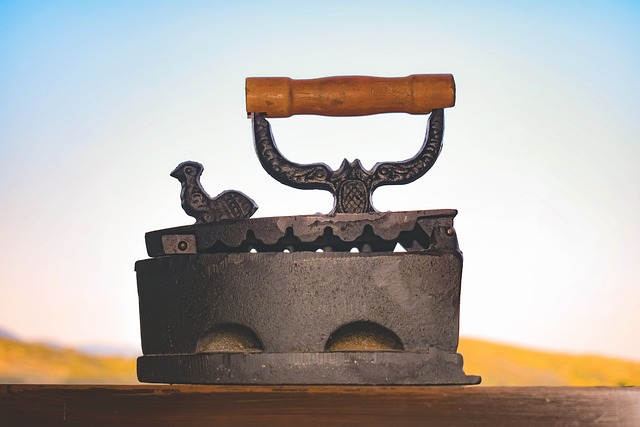
Commercial flat roofs are a significant investment, and their longevity is crucial for any business. However, these structures are prone to several issues that can compromise their integrity and require prompt attention during flat roof repair. One of the most common problems is damage caused by aging and exposure to harsh weather conditions. Over time, membranes and materials weaken, leading to leaks and structural failures. Extreme temperatures, heavy rainfall, and snow accumulation can accelerate these issues.
Another frequent concern is poor installation or maintenance. Many commercial buildings have flat roofs that were not properly maintained during construction or have since been overlooked. Inadequate drainage systems, missing or damaged flashing, and subpar materials all contribute to long-term problems. Regular inspections and timely repairs are essential to mitigating these issues, ensuring the roof’s longevity, and preventing costly replacements in the future.
Why Affordable Repairs Matter for Businesses
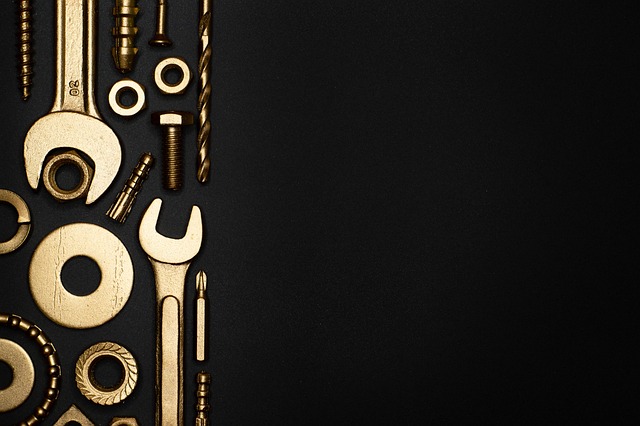
For businesses, especially those with tight budgets, affordable commercial flat roof repair is a critical aspect of maintaining a reliable and cost-effective facility. Flat roofs are common in commercial buildings due to their simplicity and lower maintenance costs compared to sloped roofs. However, over time, these roofs can develop leaks, cracks, or other damage that requires repairs. Opting for affordable solutions ensures that business owners can quickly address roof issues without straining their financial resources.
By prioritizing budget-friendly flat roof repair, businesses can extend the lifespan of their roofing systems, preventing costly replacements. Additionally, prompt repairs can stop further damage and potential interior leaks, maintaining a safe and dry work environment. This proactive approach not only saves money but also demonstrates a commitment to operational efficiency and asset preservation.
Identifying Signs of Damage Early On

Early identification of damage is key in maintaining a commercial flat roof. Regular inspections can help catch minor issues before they become major, more expensive problems. Look for signs such as missing or damaged shingles, visible water stains, or blistering and cracking on the surface. These indicators often signal leaks or structural weaknesses that could compromise the integrity of your roof if left unaddressed.
Prompt action is crucial in flat roof repair. By recognizing these early warning signs, you can schedule repairs before extensive damage occurs, saving you time and money in the long run. Regular maintenance and timely repairs are essential components of a robust commercial flat roof care strategy.
Step-by-Step Guide to DIY Flat Roof Repairs

Repairing a commercial flat roof can seem daunting, but with the right approach and some basic DIY skills, it’s a project that many property owners can tackle themselves. Here’s a step-by-step guide to help you navigate the process effectively:
1. Inspect and Assess: Start by thoroughly inspecting your flat roof for damage. Look for cracks, holes, missing shingles, or signs of water leaks. Identify the areas needing repair. You can use a flashlight and a ladder for a close examination. Take note of any structural issues that might require professional attention later.
2. Gather Materials and Tools: For minor repairs, you’ll typically need roofing cement or sealant, new roof patches or shingles, a trowel, a roller, and a brush. Ensure the materials are suitable for commercial flat roofs. Gather safety equipment like gloves and goggles to protect yourself from debris and chemicals.
3. Clean the Area: Before repairing, clean the damaged section of the roof to remove dirt, debris, or algae. Use a pressure washer if available, or a stiff brush and water. Ensure the surface is dry before proceeding.
4. Prepare the Patch or Shingle: If replacing a missing shingle, measure and cut a new one to size. For patches, apply roofing cement or sealant to the back of the patch and press it firmly onto the roof, ensuring a tight seal around the damaged area. Use a trowel to smoothen the surface.
5. Sealant Application: Apply roofing sealant around the edges of the patch or where new shingles meet the existing roof to create a waterproof barrier. Follow the manufacturer’s instructions for proper application techniques.
Professional Repair Services: What to Look For

When considering professional flat roof repair services, it’s essential to look for a few key attributes. First and foremost, ensure the company has extensive experience in handling commercial flat roof repairs. This expertise translates into faster, more efficient work and better problem-solving skills. Look for contractors who specialize in this specific type of roofing, as they’ll be equipped with the right tools and knowledge to address any issues effectively.
Additionally, verify their reputation by checking online reviews and asking for references. A reliable contractor will have a solid track record, transparent pricing structures, and excellent customer service. They should also offer warranties on their work, providing peace of mind that your flat roof repair is in capable hands.
Cost-Effective Solutions for Large-Scale Repairs
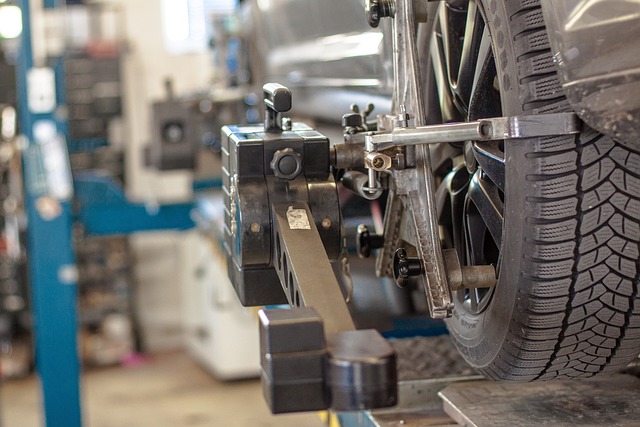
When dealing with large-scale flat roof repairs, cost-effectiveness becomes a top priority for businesses. Fortunately, there are several strategies to ensure affordable solutions without compromising quality. One effective approach is to opt for high-quality yet budget-friendly materials. Many modern synthetic roofing membranes offer excellent durability and performance at competitive prices. These materials are designed to withstand extreme weather conditions, making them ideal for commercial properties.
Additionally, implementing a systematic repair process can significantly reduce costs. By identifying and repairing damaged areas promptly, businesses can prevent further deterioration. Regular maintenance checks and quick response to issues will save money in the long run by avoiding extensive repairs or full roof replacements. This proactive approach ensures that any flat roof repair is done efficiently and cost-consciously.
Maintenance Tips to Prolong Your Commercial Flat Roof's Lifespan
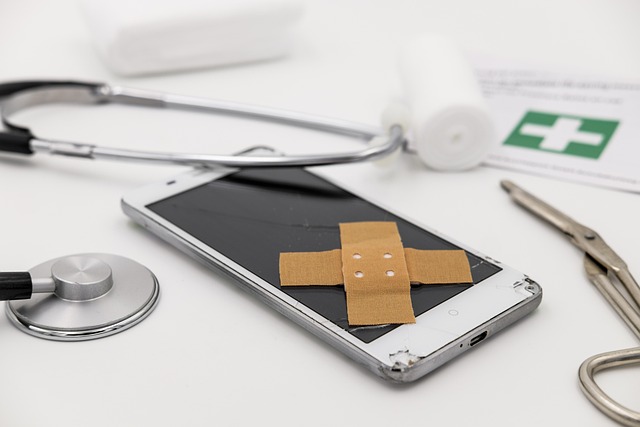
Regular maintenance is key to extending the life of your commercial flat roof. Here are some essential tips to keep it in top condition. Firstly, inspect your roof regularly for any signs of damage, such as missing or damaged shingles, leaks, or blisters. Addressing these issues promptly can prevent further complications and costly repairs. Cleaning your roof is another crucial step; remove debris like leaves and branches to ensure proper drainage and avoid water buildup.
Additionally, sealing cracks and joints can help seal out moisture and protect the underlying structure. Using high-quality roof coatings or sealants specifically designed for flat roofs can add an extra layer of protection. Remember that staying on top of maintenance tasks will not only save you money but also ensure your commercial space remains safe and secure under all weather conditions, ultimately extending the lifespan of your flat roof.
